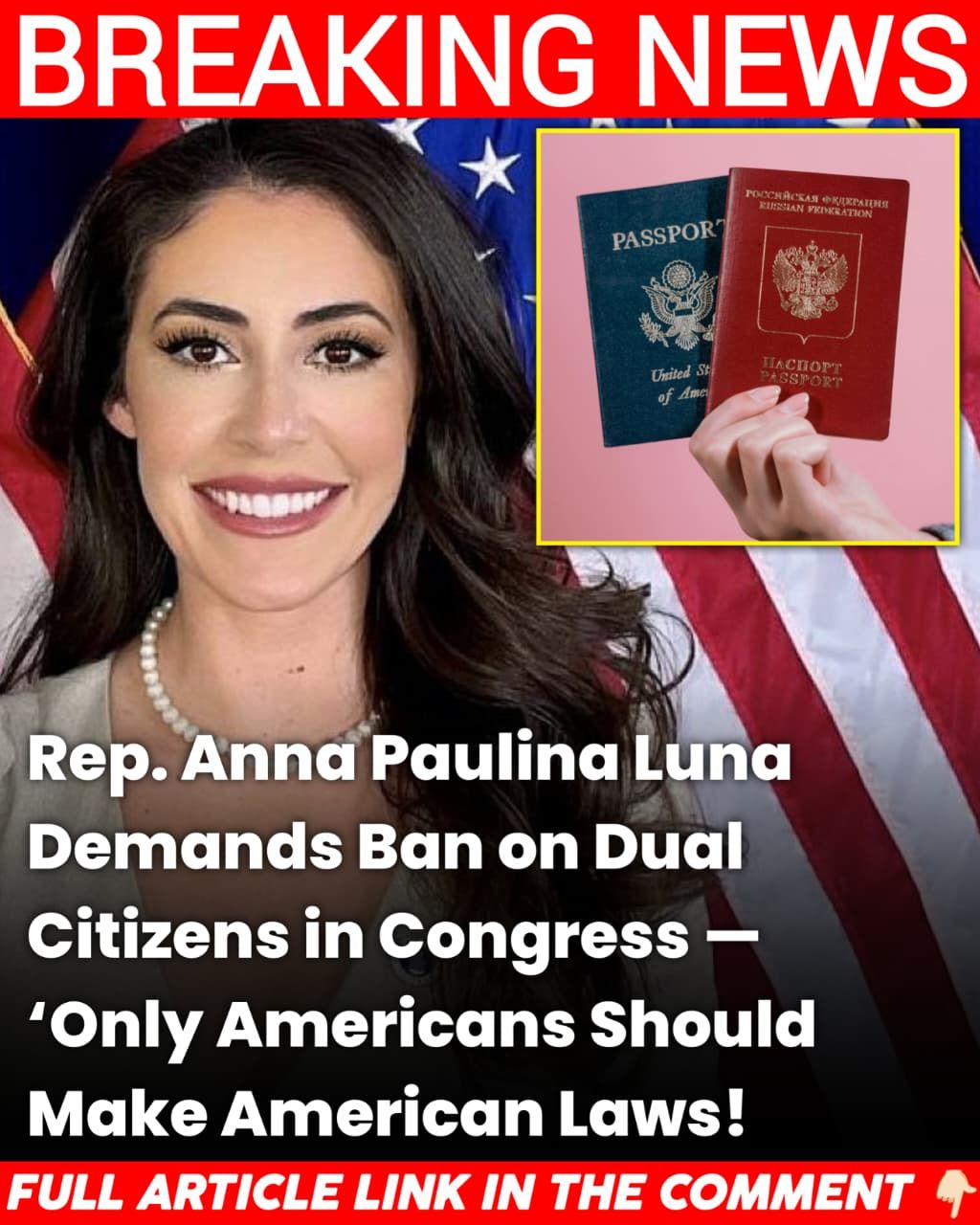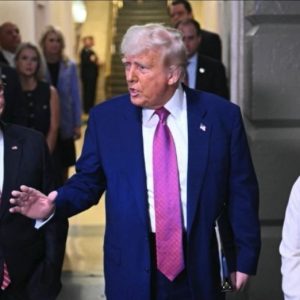When payment could occur
He stood before his followers and declared that every ordinary American could soon receive a sweeping new “dividend,” funded not by higher income taxes, but by tariffs on foreign goods flowing into the country. The promise sounded simple: at least a few thousand dollars per person, with wealthier households left out, and no painful trade-offs mentioned. Yet behind the fiery posts and bold claims, crucial details about who pays, who benefits, and how long it lasts remain unsettl.
When evaluating this proposal, it is important to separate the emotional appeal from the underlying mechanics. Tariffs are taxes on imports, which are typically paid by importers and often passed on to consumers through higher prices. While it is possible to raise substantial revenue this way, the true cost is usually spread across the economy in the form of more expensive goods, potential retaliation from trading partners, and disruptions to supply chains.
A nationwide dividend funded by tariffs would also require a clear legal and administrative framework. Lawmakers would need to determine eligibility thresholds, distribution mechanisms, and how to handle years when tariff revenue falls short. Without these specifics, the plan remains more of a political vision than an implementable policy. For citizens, the key questions are whether the promised payments would outweigh higher costs and whether such a system could be sustained over time.









